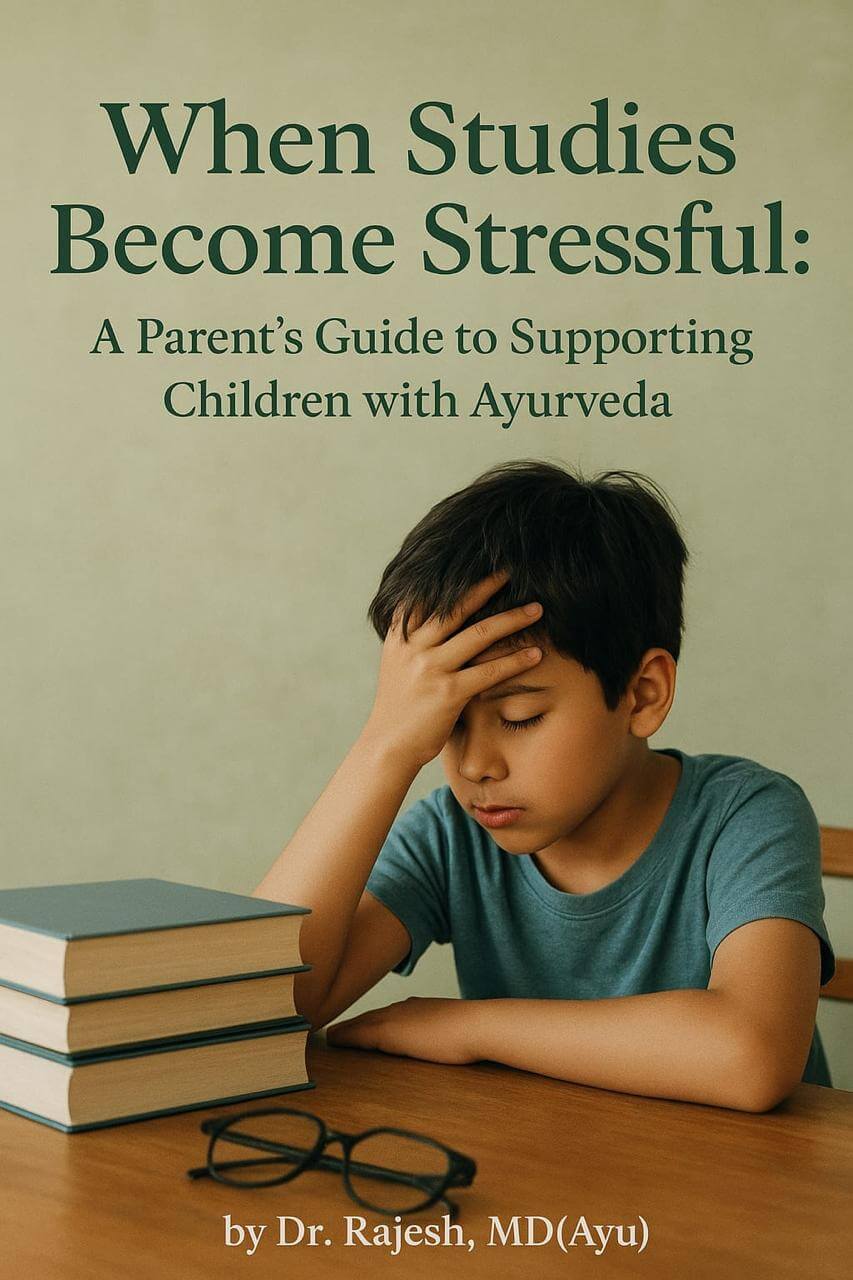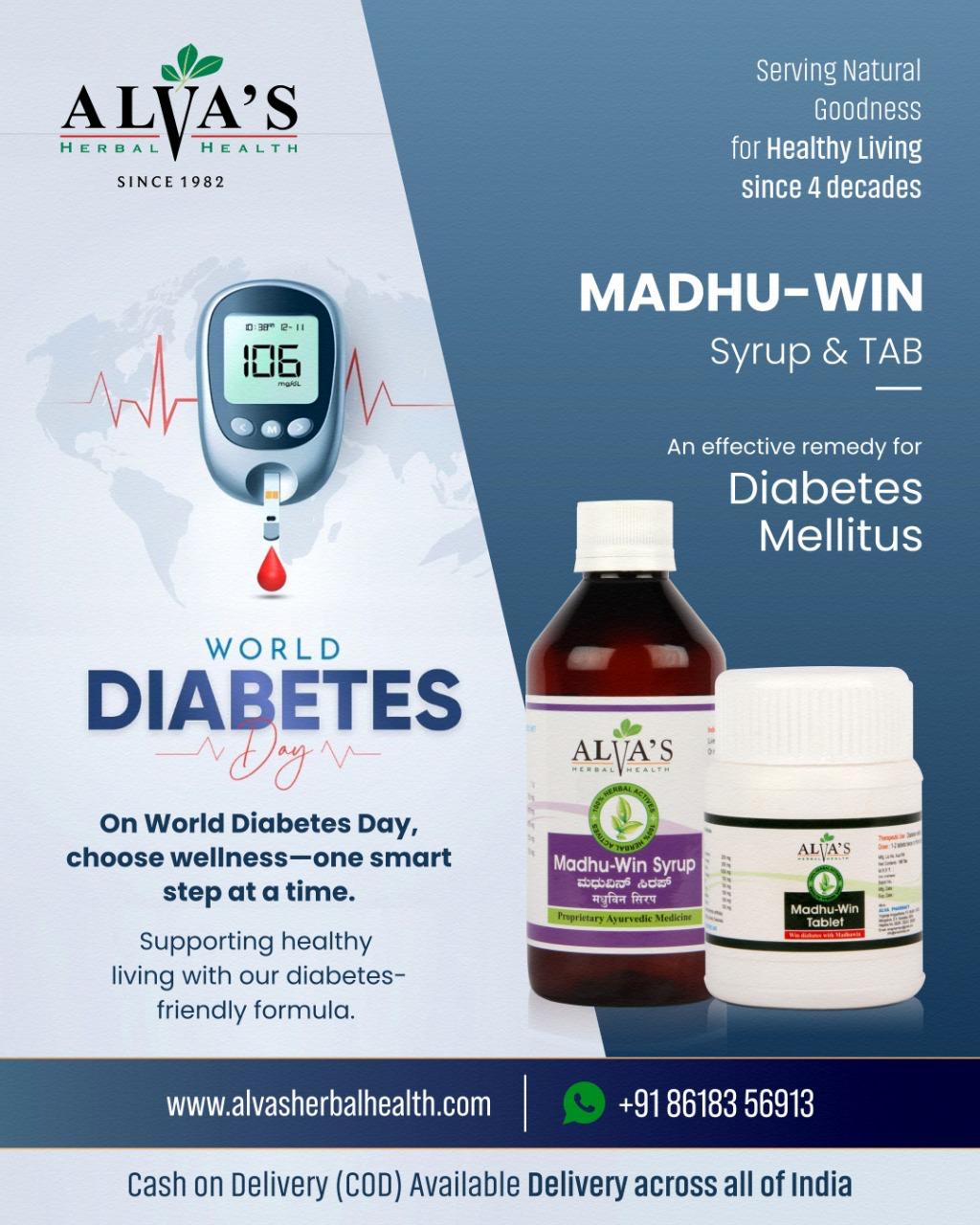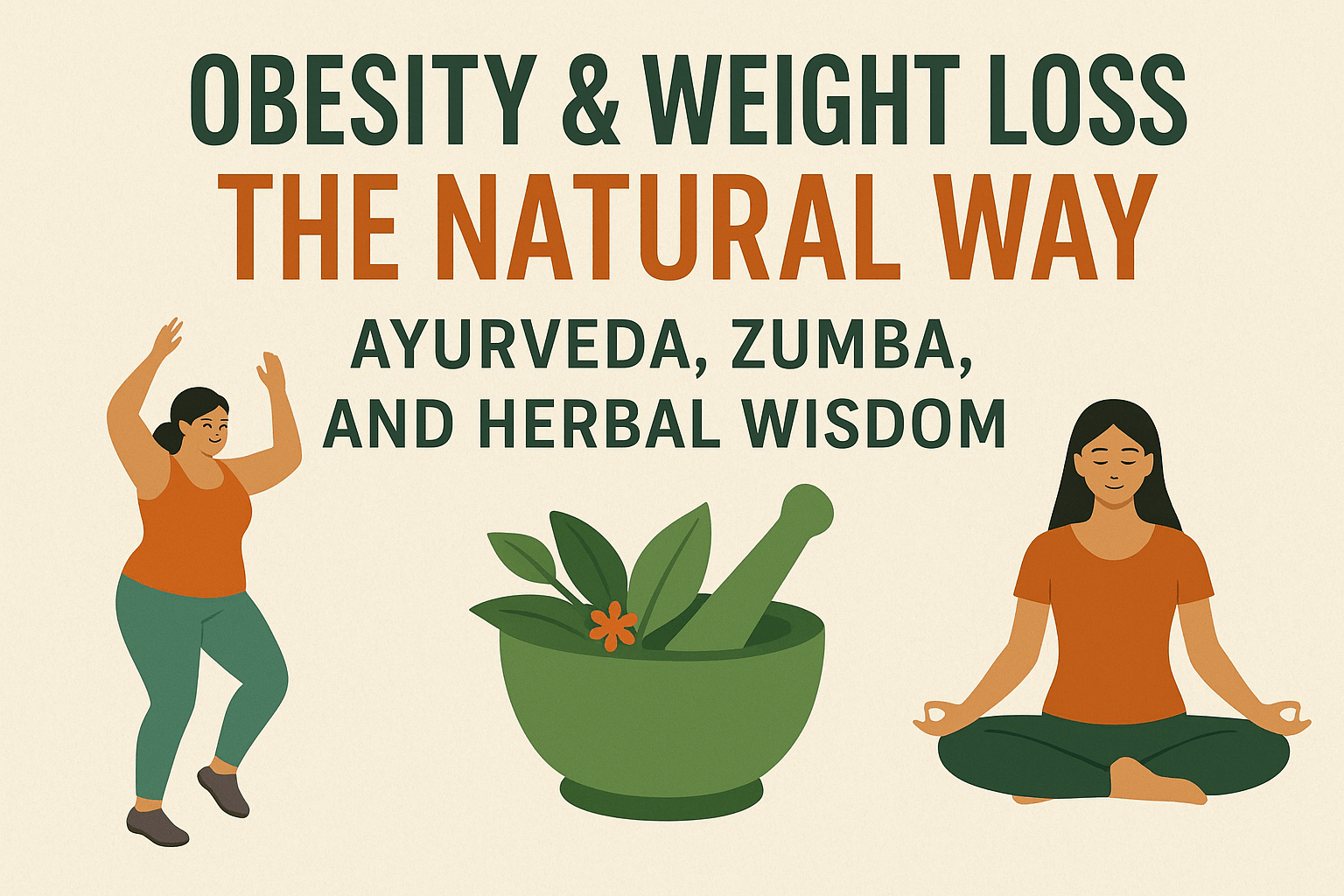-
By: Superspace
-
October 13, 2025
Anaemia in Children: A Silent Challenge That Deserves Our Attention
Childhood is a phase of rapid growth, exploration, and cognitive development. However, in recent years, a silent yet significant condition has been limiting the potential of many young minds — anaemia. It remains one of the most common yet underestimated public health concerns in Dakshina Kannada and across India, where nutritional imbalances and lifestyle patterns have begun to reflect in children’s overall wellbeing.
Understanding Anaemia
Anaemia occurs when the blood contains an insufficient concentration of haemoglobin, the vital molecule that transports oxygen to the tissues. Reduced oxygenation affects not only physical endurance but also brain function and attention span.
In Ayurveda, this condition correlates with Pandu Roga, characterised by pallor, fatigue, loss of appetite, and diminished vitality. It arises due to the vitiation of Pitta Dosha and depletion of Rakta Dhatu (blood tissue) and Ojas (vital energy). When Rakta Dhatu becomes deficient, all other tissues suffer from inadequate nourishment, leading to the physical and mental sluggishness often observed in anaemic children.
Diagnosis and Early Recognition
Early identification is essential, as many cases remain unnoticed until academic or physical performance begins to decline.
Common indicators include:
- Pallor of the skin, lips, or nail beds
- Easy fatigability and lethargy
- Poor appetite and irregular eating habits
- Dizziness, irritability, or restlessness
- Frequent infections or delayed recovery
- Short attention span and reduced classroom engagement
Clinical confirmation is made through haemoglobin estimation and peripheral smear examination. In Ayurvedic evaluation, additional signs such as Daurbalya (weakness), Agnimandya (low digestive power), and Hridaya Shoola (cardiac discomfort) may be noted.
Causative Factors
The aetiology of childhood anaemia is multifactorial:
Nutritional deficiency:
Inadequate intake of iron, folate, vitamin B₁₂, or vitamin C.
Poor digestion and assimilation:
A weak Agni (digestive fire) impairs nutrient absorption.
Parasitic infestation:
Intestinal worms consume vital nutrients, causing chronic depletion.
Rapid growth periods:
Increased physiological demand for blood formation.
Erratic dietary patterns:
Skipping meals, over-consumption of refined or processed foods, and regular intake of tea or coffee, which hinder iron absorption.
From an Ayurvedic standpoint, Agnimandya and accumulation of Ama (metabolic toxins) are primary factors that obstruct the nourishment of Rakta Dhatu.
Impact on Studies and Growth
Anaemia exerts a profound influence on a child’s learning capacity and physical development:
- Reduced concentration: Diminished cerebral oxygenation leads to poor focus and retention.
- Lower academic performance: Persistent fatigue limits classroom participation and motivation.
- Delayed growth: Stunted height and underdeveloped musculature are frequent outcomes.
- Behavioural and emotional changes: Chronic tiredness can cause irritability, low confidence, and social withdrawal.
Addressing anaemia is therefore not only a matter of physical health but also an investment in a child’s academic and emotional well-being.
Dietary Recommendations
Ayurveda regards Ahara (diet) as the first line of treatment in all nutritional disorders.
The goal is to promote Rakta-vardhaka (blood-enhancing) foods while maintaining optimal digestion.
Recommended foods:
- Iron-rich: Spinach, drumstick leaves (Moringa), black gram, jaggery, dates, raisins, and beetroot.
- Vitamin C sources: Amla (Indian gooseberry), lemon, guava, and citrus fruits — they enhance iron absorption.
- Protein sources: Lentils, millets, and sprouted pulses for building Dhatu (body tissues).
- Avoid: Excessive tea, coffee, carbonated drinks, and fried or processed foods.
Meals should be freshly prepared and consumed mindfully to sustain digestive efficiency — the cornerstone of Ayurvedic nutrition.
Ayurvedic Management
Ayurveda approaches Pandu Roga through three objectives:
- Enhancing digestion and metabolism (Deepana-Pachana).
- Replenishing blood and vital energy (Rakta-vardhana and Rasayana).
- Preventing recurrence through lifestyle and dietary correction.
Alva’s Herbal Health Recommendations
At Alva’s Herbal Health, every formulation is developed under stringent quality standards while adhering to classical Ayurvedic principles.
The following preparations are traditionally indicated in Pandu Roga and have shown consistent efficacy in improving haemoglobin and vitality in children:
- Draksharishta – A mild yet nourishing haematinic prepared from Draksha (raisins). It improves appetite, enhances haemoglobin levels, and aids post-illness convalescence.
- Kumaryasava – Formulated with Aloe vera (Kumari), Triphala, and aromatic digestives. It stimulates liver function, corrects metabolic anaemia, and supports better nutrient assimilation.
- Punarnavasava – Contains Punarnava, Gokshura, and Dhataki; acts as a natural detoxifier and rejuvenator, beneficial in anaemia with oedema or sluggish metabolism.
- Punarnavashtaka Kvatha – A decoction effective in digestive weakness and water retention. It promotes healthy metabolism and supports Rakta Dhatu formation.
- Lohasava – A classical iron-based tonic that directly increases haemoglobin, enhances complexion, and alleviates fatigue. Considered a mainstay in Pandu Roga management.
All formulations should be used under the guidance of a qualified Ayurvedic physician for appropriate dosage and duration.
Anaemia in children is not merely a laboratory diagnosis — it is a reflection of nutritional imbalance and impaired vitality that can shape a child’s learning ability, growth trajectory, and emotional well-being.
Early recognition, balanced nutrition, and scientifically guided Ayurvedic care can restore vigour and confidence naturally.
At Alva’s Herbal Health, we remain dedicated to nurturing every child’s potential through holistic, evidence-based Ayurveda — ensuring that each young learner grows with strength, focus, and joy.





